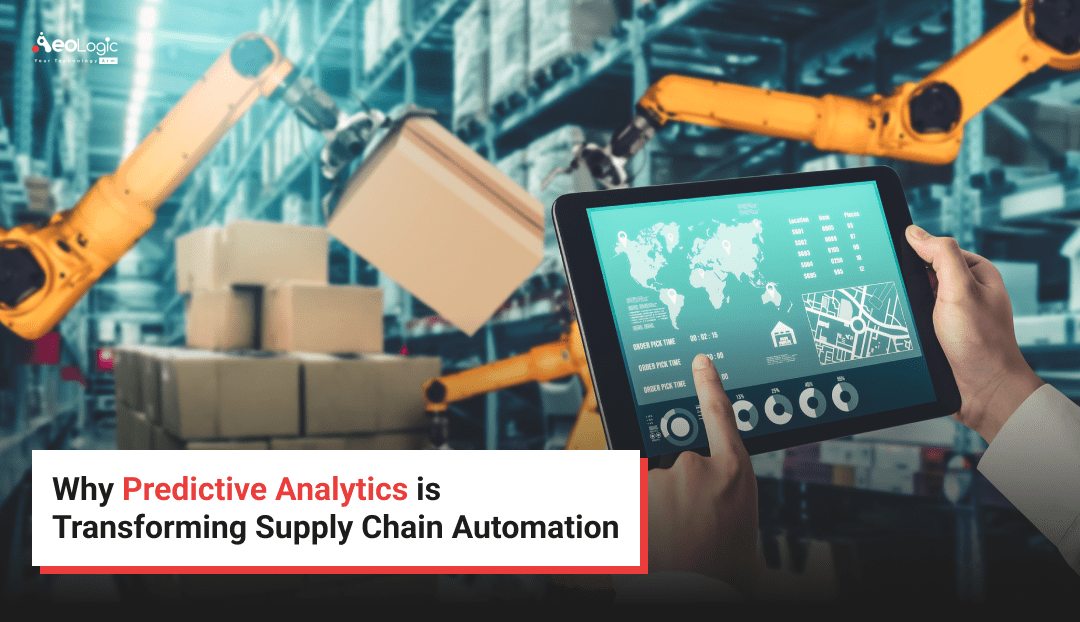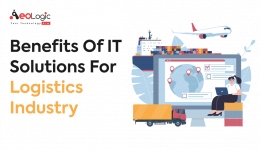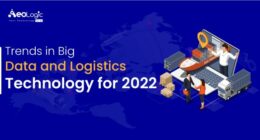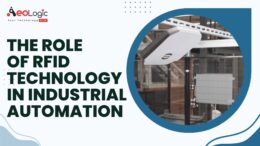Supply chain management is a common factor among all industries. To ensure the growth of any business, or enterprise, it is crucial to have an efficient way of managing supply chains to drive success. But nowadays, most businesses cannot enhance their supply chain efficiency due to a lack of better forecasting, analysis, insights, and other information.
AI-powered predictive analytics is the solution that has the potential to transform supply chain management for businesses. Generally, predictive analytics refers to a branch of advanced analytics that focuses on making forecasts or predictions using a variety of analytical methods and historical and current data.
To find market trends and predict the results, it integrates statistical techniques, data mining, machine learning, and artificial intelligence. For supply chain management to properly use predictive analytics, this theoretical knowledge is essential.
Supply chain management can be revolutionized with the use of predictive analytics as organizations may increase operational resilience and efficiency by precisely predicting demand, spotting possible disruptions, and optimizing inventory levels.
Global Market Analysis of Predictive Analytics
The global predictive analytics market was valued at USD 18.02 billion in 2024. The market is projected to grow from USD 22.22 billion in 2025 and reach USD 91.92 billion by 2032, exhibiting a CAGR of 22.5% during the forecast period. There are other few stats about predictive analytics usage as here are a few mentioned below.
- 57% of companies not using predictive analytics plan to start doing so within the next five years.
- 91% of organizations consider AI and predictive analytics essential within the next two years, while 72% believe failing to invest in technology now could threaten future viability.
- The global supply chain analytics market size is projected to reach USD 11.2 billion in 2025, growing from USD 9.8 billion in 2024 and expected to reach USD 86.5 billion by the end of 2037.
Also Read: The Benefits of AI solutions for Supply Chain Management
The Role of Predictive Analytics for Supply Chain Automation
Every business or organization produces a lot of data that is stored manually or digitally for future reference. However, the data could be beneficial only if it is used to make analytics for making the right decisions. Manually processing data for analytics could be time-consuming and also it is possible to lead to some errors. Predictive analytics have since developed on AI, ML, and data mining algorithms that ensure better forecasting and information than manual methods.
Overall, by accurately forecasting demand, identifying potential disruptions, and optimizing inventory levels, organizations can achieve greater operational efficiency and resilience for supply chains with predictive analytics.
Also Read: The Importance of AI Solutions in Supply Chain Management
Benefits of Predictive Analytics for Supply Chain Automation
There are a lot of benefits of predictive analytics for transforming supply chain automation. Here are a few mentioned below.
Optimizes Logistics and Delivery Routes
In the logistics industry, delivery of goods is an important part of the supply chain. But sometimes, not having proper information about the routers, could cause problems and delay in delivery. With predictive analytics, it is possible to get insights about the traffic, weather, fuel consumption, and routes that overall provide a better optimization of delivery. This has a positive impact on the supply chain.
Data-Backed Decision Making
Decision-making should be accurate and on perfect terms that could prevent unnecessary loss for the business. When choosing a new supplier, stocking up the inventory, or expanding into a new market, there should be insight to make clear decisions. With predictive analytics, raw data can be converted to information or insights that help managers make the right decisions that overall transform the supply chain in a positive manner.
Improve Supplier Relationships
It is important to know your suppliers as to which ones are performing well and which ones are underperforming. This enables you to better manage and negotiate the risk from the suppliers’ sides. Predictive analytics generally analyze the patterns and performance of the suppliers so that you can better build collaborative strategies. This helps to develop a better bond and establish transparent communication in the supply chain.
Accurate Demand Forecasting
Not having proper information about the market trends, demands, etc leads to loss for businesses. The predictive analysis simply analyzes the historical data, market trends, and other factors that enable you to make planning related to inventory level, production techniques, and better resource allocation. This overall enhances the efficiency and productivity of the supply chain.
Proactive Risk Management
One cannot mitigate the risk if there is no information about the risk factors. Where businesses can take preventive steps to reduce risks and guarantee business continuity by using predictive analytics to identify possible supply chain interruptions like supplier problems, geopolitical crises, or natural disasters. This reduces the cost of maintenance that overall makes an increment in revenue generation.
Also Read: Why Custom AI Solutions Are the Future of Data Analysis
How Much Does Predictive Analytics in Supply Chain Development Cost?
The development cost of predictive analytics in the supply chain is generally influenced by various factors like model complexity, software and tools, consulting and expertise, training, scalability, data integration, infrastructure, location type, connectivity, etc.
Implementing predictive analytics in a supply chain can cost anywhere from $70,000 to $1,000,000+, with major cost drivers including the number of data sources integrated and the complexity of the models.
The basic type of predictive analytics solutions generally costs $70,000–$200,000, whereas the medium one with some better data sources and features costs $200,000–$400,000, and advanced solutions generally cost $200,000–$400,000 with advanced features, data sources, and much more.
Understanding these factors can help businesses assess the true investment required to implement predictive analytics and achieve the desired outcomes in supply chain management.
Also Read: Benefits of Technology in Supply Chain Management
Emerging Trends and Future Outlook of Predictive Analytics
Digital transformation is transforming the world at a great pace, which also impacts predictive analytics to provide a better future. Several emerging trends, including AI, ML, IoT, and Blockchain, are driving the evolution of predictive analytics. Their integration with predictive tools will enable advanced forecasting, risk management, and inventory optimization.
AI and ML
When artificial intelligence, machine learning, and prediction analytics are combined, supply chain systems will be able to constantly learn and adapt to changing market conditions. This will allow for faster and more accurate decision-making. It will make predictions more accurate and give businesses more flexibility as they deal with the challenges of modern supply lines.
Internet of Things (IoT)
When the Internet of Things, connected devices, and predictive analytics come together, they will allow real-time data flows that will let people make choices and get insights almost instantly. Companies can see more clearly predict problems, run their businesses more efficiently, and respond quickly to changes in the market when they put connected monitors all along the supply chain. This combination makes things more responsive, efficient, and strong.
Related Blog: Use Case and Benefits of IoT in Supply Chain Management
Blockchain
When combined with the power of blockchain, prediction analytics will make the supply chain network more transparent and easy to track. This cooperation makes it possible for a permanent record of deals, which improves the accuracy and dependability of data and gives stronger insights.
The integration of IoT devices can enable better collection and flow of data that helps to make an enhanced analysis. Where blockchain integration enhances transparency across the supply chain for better customer and supplier trust.
We can say, predictive analytics is not just enhancing the presence of the supply chain but also provides better future proofing for the supply chain. Every business should think about how it could provide them a long-term competitive advantage in the market.
So, what are you waiting for? Get in touch with our expert IT team at Aeologic Technologies today and discover how our innovative supply chain management solutions can help you harness the power of predictive analytics for a smarter, more efficient supply chain.
